|


| |
British Antarctic
Expedition 1910-1913
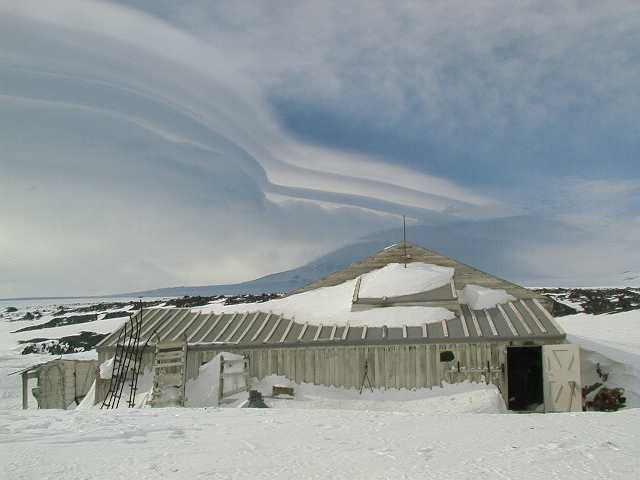
Scott's Terra Nova Hut
|
|
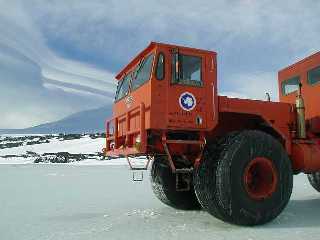
|
It seems to take forever for Sundays to come
around but when they do every one here makes the most of their day off. This week I went
on a field trip to Cape Evens. 15 of us boarded our Delta Transporter for the bumpy
journey north to visit Scott’s Hut, which still remains, from his 1910-1913 Terra
Nova Expedition |
|
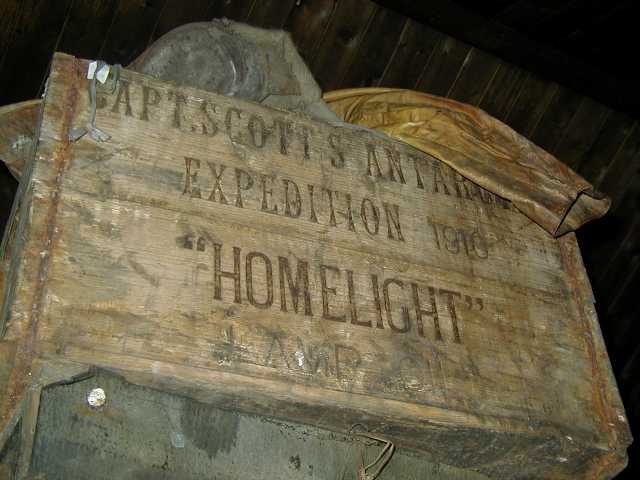
|
Scott’s Terra Nova Expedition arrived on
Ross Island in January 1911. As Sea Ice blocked his passage to Discovery Hut of which he
occupied the previous year. Scott established this new base on Cape Evens, named after his
second in command, Teddy Evens. |
|

|
Crates of food and scientific equipment formed
walls, which segregated living quarters for the 25 men that called this 48 by 24-foot hut
home. The hut was prefabricated in England but local improvements including seaweed
insulation were added after arrival. |
|
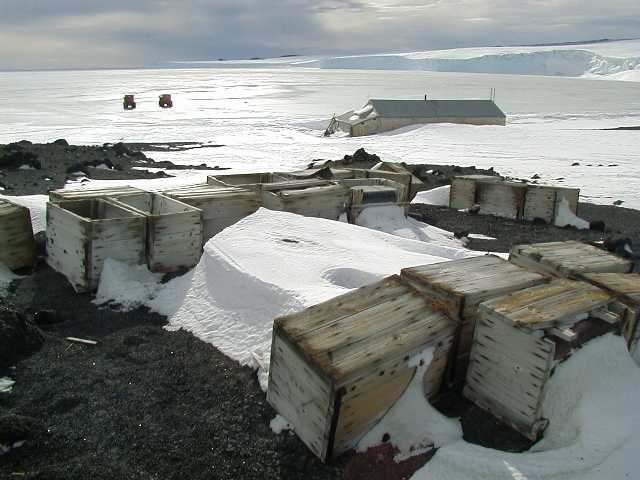
|
Even though it has been 88 years since the hut
was last occupied, the extreme conditions of Antarctica have preserved everything as if
Scott were about to return. These crates carried the provisions that would take Scott and
his men to the South Pole. On January 17,1912 Scott reached the Pole only to find that
Roald Amundsen had beaten him to the bottom of the world by 33 days. Tragically Scott and
his team died on their return to Cape Evens. |
|
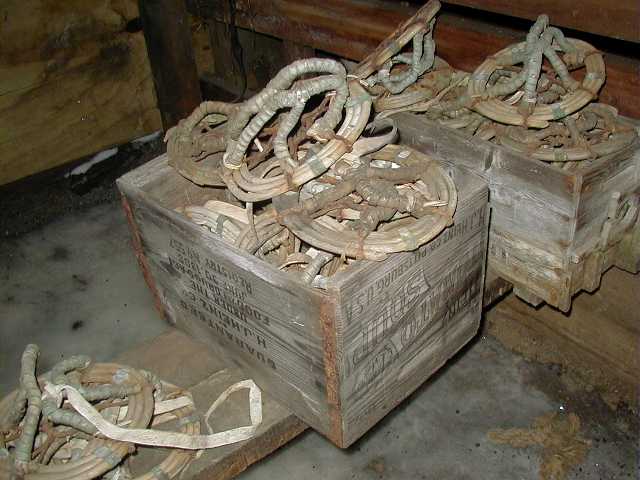
|
In order to achieve his goal of reaching the
Pole, Scott had implemented a system of food caches. To transport the supplies the
expedition began with 2 motorized sleds, which soon failed to fullfill their mission. 10
ponies had also accompanied the group and had these modified snowshoes fitted to continue
transporting gear. When the ponies could go no further dogs continued the trek. |
|
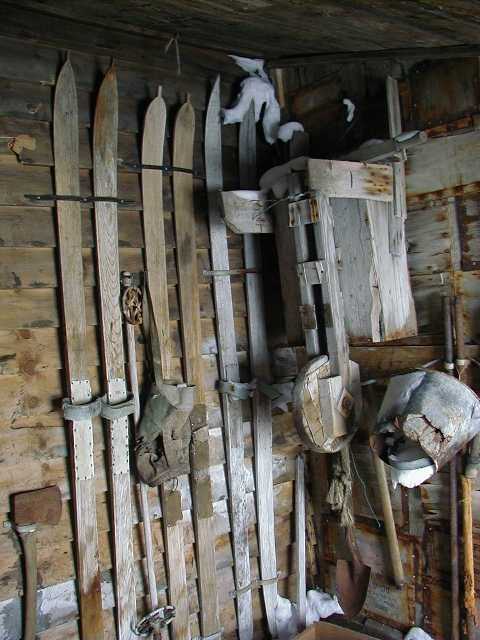
|
Ultimately it was up to these skis and the
determination of Scott and this team to travel the 800 plus miles to the Pole. |
|
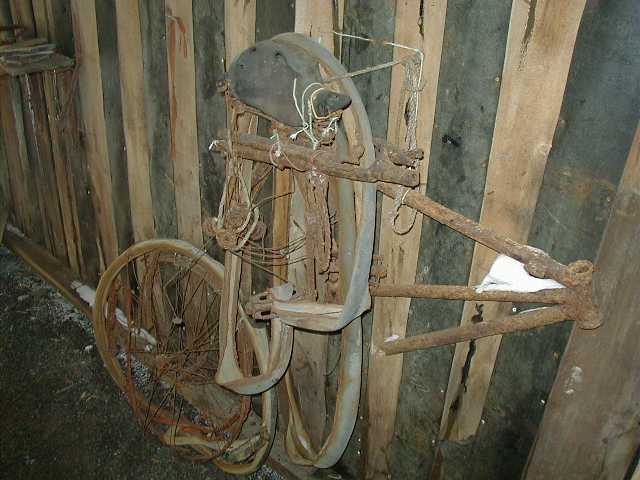
|
The team’s geologist Griffith Taylor
brought down this bike. I’m glad I did not have to rely on it for my ride across
America |
|
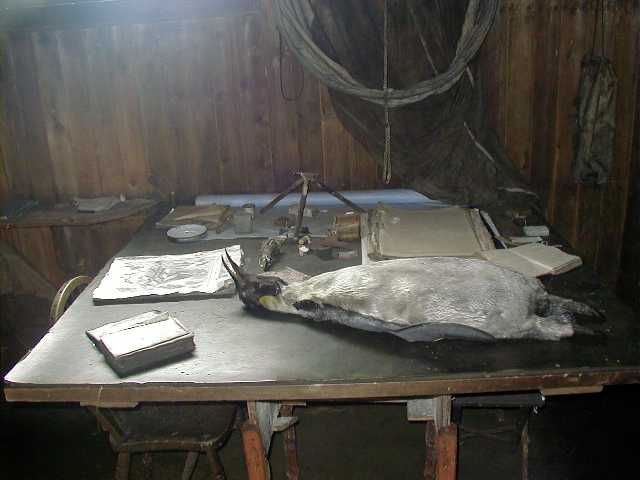
|
The Terra Nova Expedition’s sole purpose
was not to reach the South Pole. The principal objective was of scientific enquiry. This
Emperor Penguin was stuffed by the group and has remained on the table for nearly a
century. This quest for knowledge may ultimately have caused Scott’s death. On the
return trip from the Pole the group was carrying 35 pounds of geologic samples along with
other scientific equipment. |
|
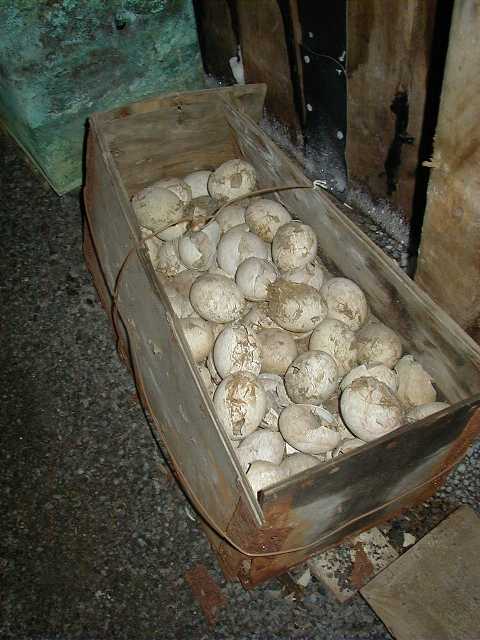
|
This crate of Emperor Penguin eggs were also
part of the samples collected. A three man, mid winter trip was made through the 24hour
darkness in –138degree in hope of being the first to collect embryo samples. |
|
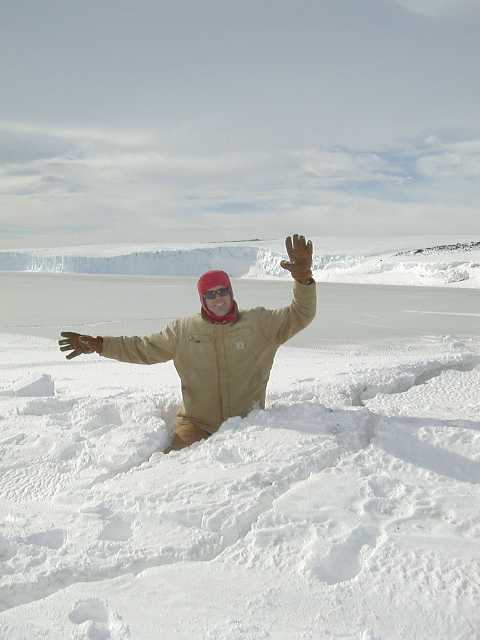
|
My visit at the end of this century was
definitely much more pleasant than Scott’s at the beginning. However some of the same
dangers still linger including these man-eating cracks. |
|

|
After a long day traveling through time a nap
with some friendly locals made for a perfect afternoon.
|
|
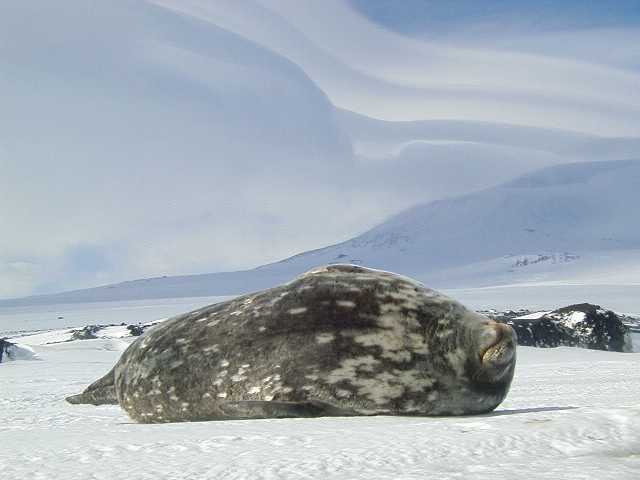
|
As with everything in the Antarctic when it
comes time to go we leave everything and everyone as we found them in hopes that in
another 88 years new explorers can enjoy the same sense of discovery. |
|
|
